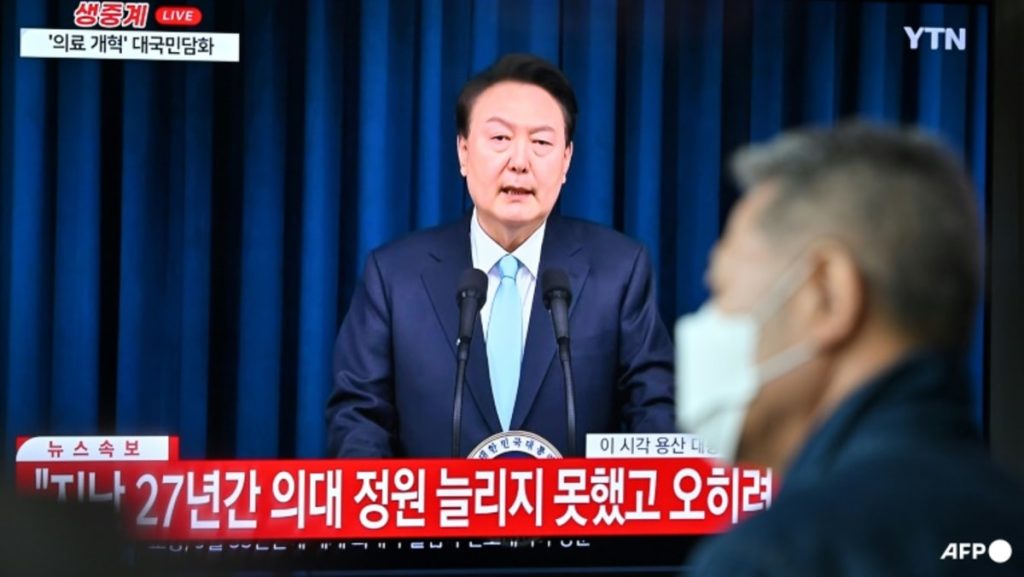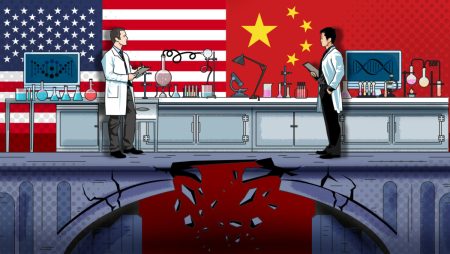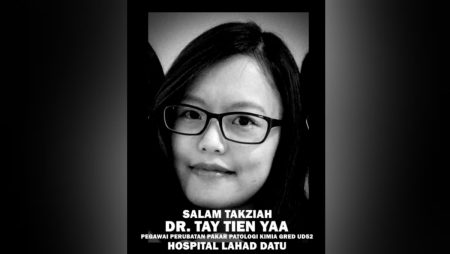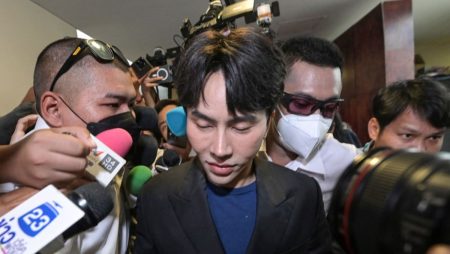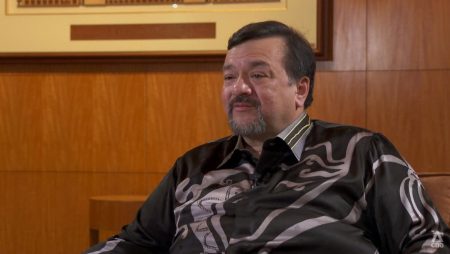of doctors walked off the job on Mar 2 in protest at the government’s proposals to increase the number of medical students and open more public medical schools. Yoon’s administration has said the changes are needed to tackle a shortage of doctors, especially in rural areas, but opponents argue they will lower the quality of care. In a meeting with senior aides, he accused striking medics of forming a “cartel” and warned the government would not yield to their demands. The president stressed the need for reforms to ensure a sufficient number of doctors are available to meet the needs of the population.
The ongoing strike has had a significant impact on the healthcare system in South Korea, with many hospitals struggling to provide essential treatments and surgeries due to the shortage of medical staff. Patients have been left in limbo, with their scheduled procedures postponed indefinitely. The strike has highlighted the growing divide between the government and the medical community, with many doctors feeling that their concerns are not being taken seriously. Yoon’s strong stance against the striking medics and his refusal to back down on the proposed reforms has further fueled tensions between the two sides.
The issue of increasing the number of medical students and opening more public medical schools is a contentious one in South Korea. Supporters of the government’s proposals argue that it is necessary to address the shortage of doctors, particularly in rural areas where access to healthcare is limited. However, opponents fear that the quality of medical education and care will suffer as a result of expanding the medical workforce. The strike by doctors has brought these concerns to the forefront, prompting a heated debate about the future of the healthcare system in the country.
Yoon’s criticism of the striking medics as a “cartel” reflects the government’s frustration with the ongoing strike and its impact on the healthcare system. The president’s tough stance on the issue signals his commitment to pushing ahead with the proposed reforms, despite opposition from the medical community. The strike has become a symbol of the broader conflict between the government’s healthcare policies and the concerns of doctors about the quality of care. The ongoing standoff between the two sides has left patients in a difficult position, with many struggling to access the medical treatments they need.
The strike by doctors in South Korea is part of a larger trend of healthcare workers around the world pushing back against government policies that they feel threaten the quality of patient care. The growing shortage of doctors and nurses in many countries has put a strain on healthcare systems, leading to increased pressure on medical staff and diminishing resources. The strike in South Korea highlights the complex challenges facing the healthcare sector, including the need for sufficient numbers of medical professionals to meet the needs of the population. The government’s response to the strike will have far-reaching implications for the future of healthcare in the country.
As the standoff between the government and the striking medics continues, it is clear that finding a resolution to the conflict will be crucial to addressing the healthcare crisis in South Korea. Both sides will need to find common ground and work together to ensure that patients receive the care they need in a timely manner. The strike has brought to light the urgent need for reforms in the healthcare sector, but it has also underscored the importance of listening to the concerns of medical professionals who are on the front lines of patient care. As the country grapples with these challenges, a constructive dialogue between the government and the medical community will be essential to finding a sustainable solution to the ongoing healthcare crisis.









